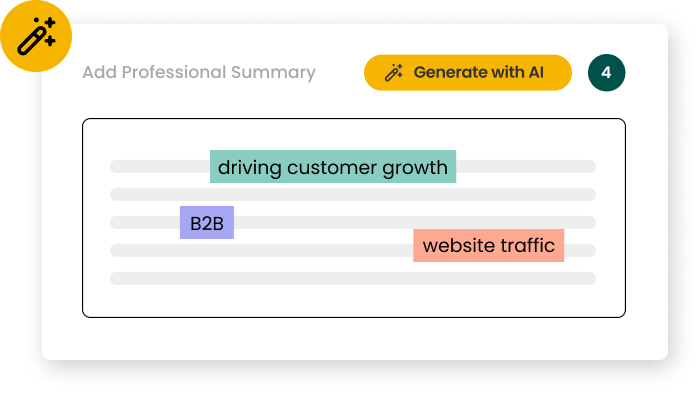How long should I make my Remote Sensing Scientist resume?
For a Remote Sensing Scientist resume, aim for 1-2 pages. This length allows you to showcase your technical expertise, research experience, and project contributions without overwhelming the reader. Use concise language to highlight key skills in remote sensing technologies, data analysis, and geospatial software proficiency. Prioritize recent and relevant experiences, focusing on quantifiable achievements and innovative applications of remote sensing techniques in environmental monitoring, land use analysis, or climate change studies.
A hybrid format works best for Remote Sensing Scientists, combining chronological work history with a skills-based approach. This format effectively showcases both your career progression and technical expertise. Key sections should include a professional summary, technical skills, work experience, education, and relevant publications or projects. Use bullet points to list accomplishments and technical proficiencies. Incorporate industry-specific keywords like "LiDAR," "hyperspectral imaging," and "machine learning" to optimize for applicant tracking systems (ATS).
What certifications should I include on my Remote Sensing Scientist resume?
Key certifications for Remote Sensing Scientists include Certified Mapping Scientist (CMS) in Remote Sensing from ASPRS, Google Earth Engine Certification, and ESRI ArcGIS Certification. These demonstrate proficiency in advanced remote sensing techniques, cloud-based geospatial analysis, and GIS software. List certifications in a dedicated section, including the certifying body and date of acquisition. Prioritize the most relevant and recent certifications, as they validate your expertise in cutting-edge remote sensing technologies and methodologies.
What are the most common mistakes to avoid on a Remote Sensing Scientist resume?
Common mistakes in Remote Sensing Scientist resumes include overemphasizing technical jargon without explaining practical applications, neglecting to showcase interdisciplinary collaborations, and failing to highlight contributions to published research or open-source projects. Avoid these by balancing technical details with clear explanations of their real-world impact. Emphasize your role in cross-functional teams and list any significant publications or GitHub contributions. Lastly, ensure your resume reflects proficiency in the latest remote sensing technologies and data analysis tools relevant to the industry in 2025.
